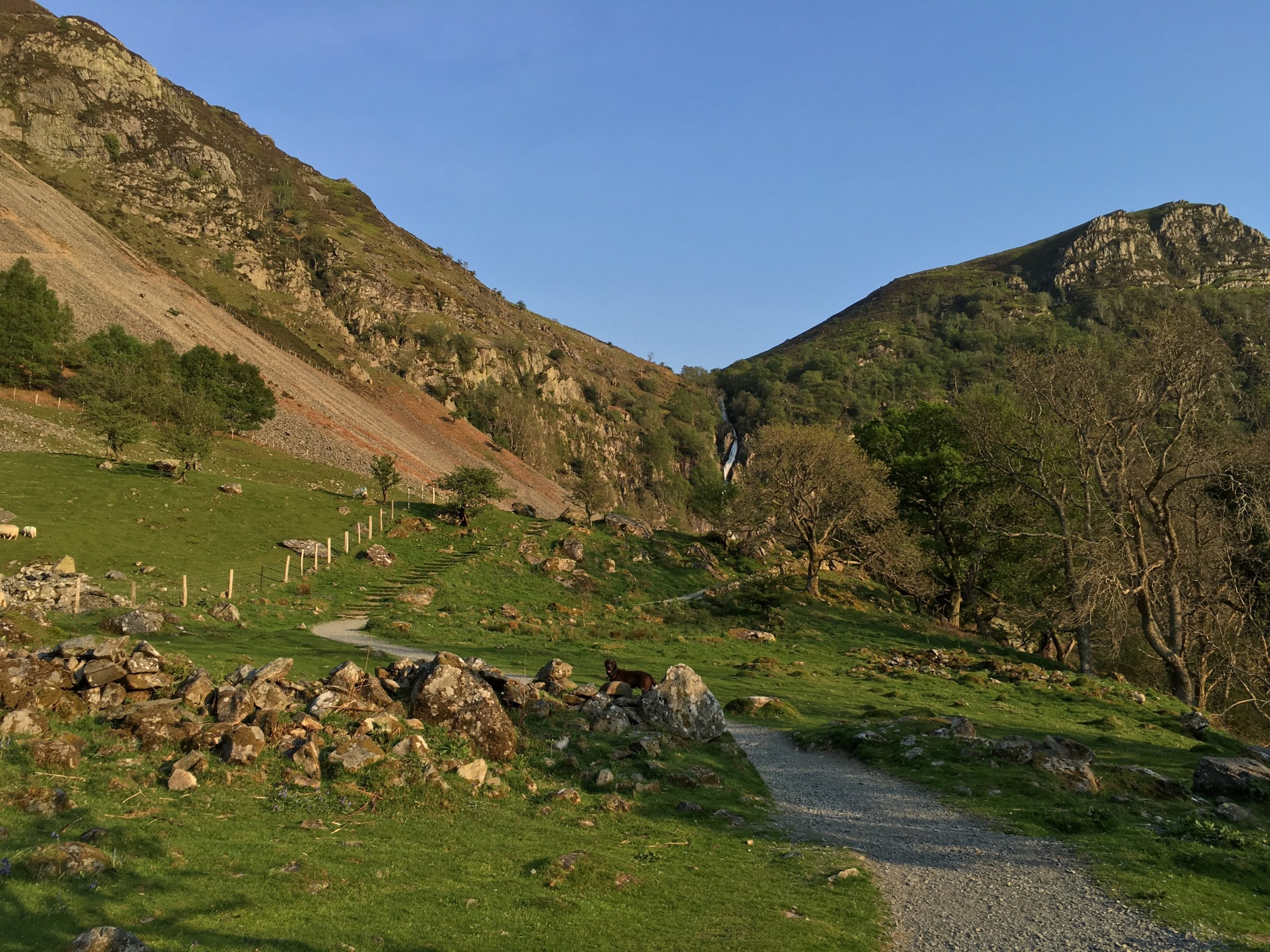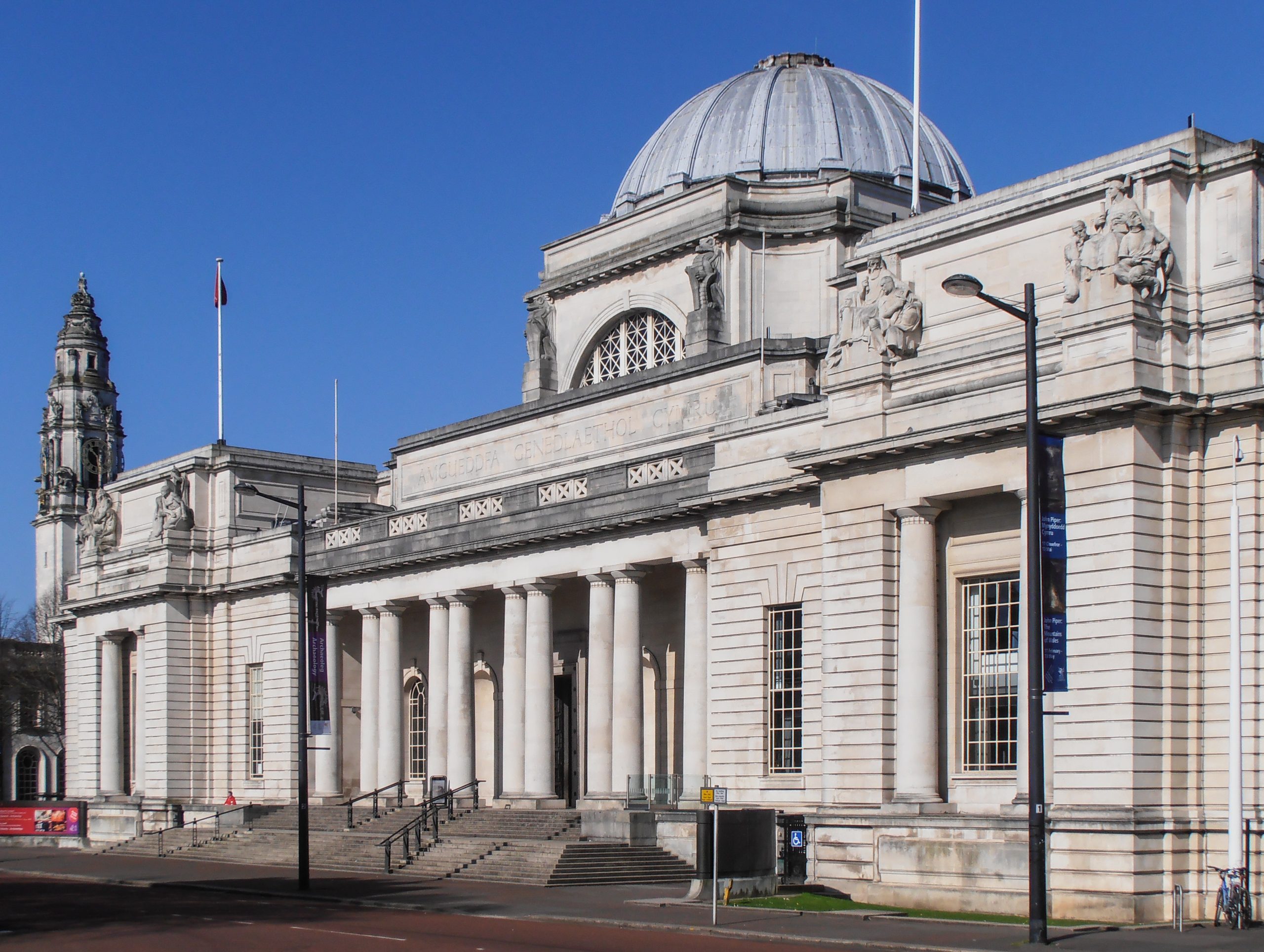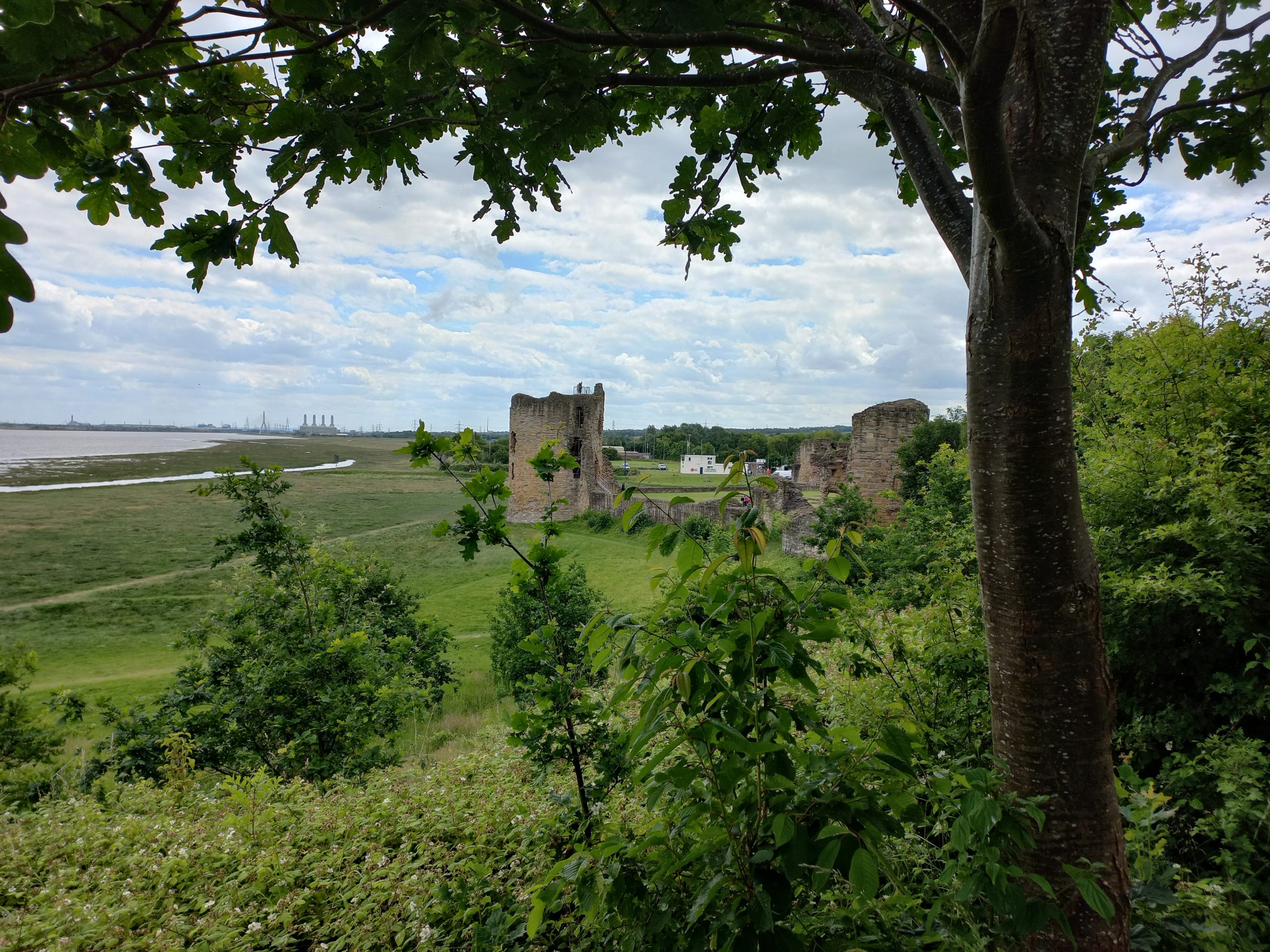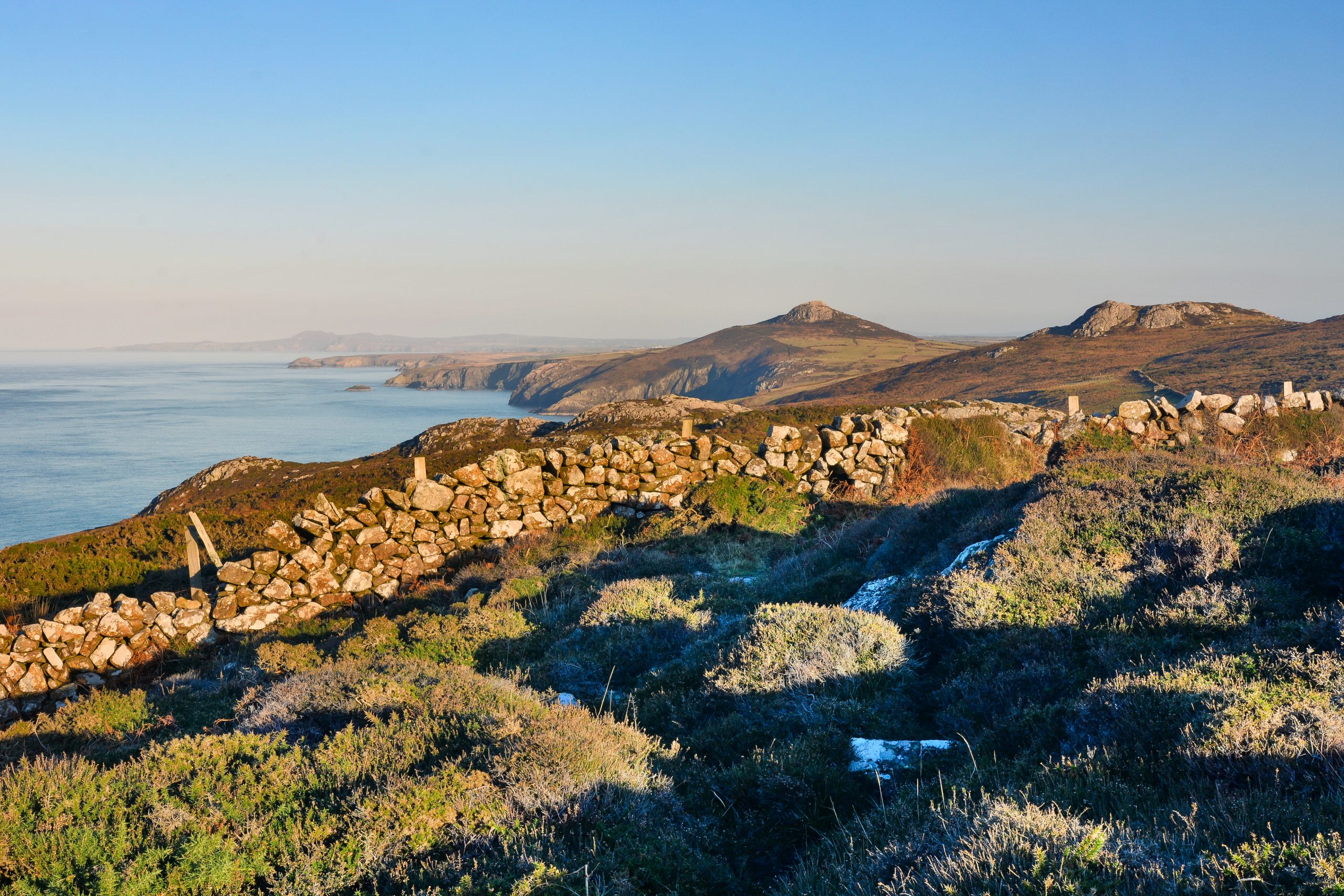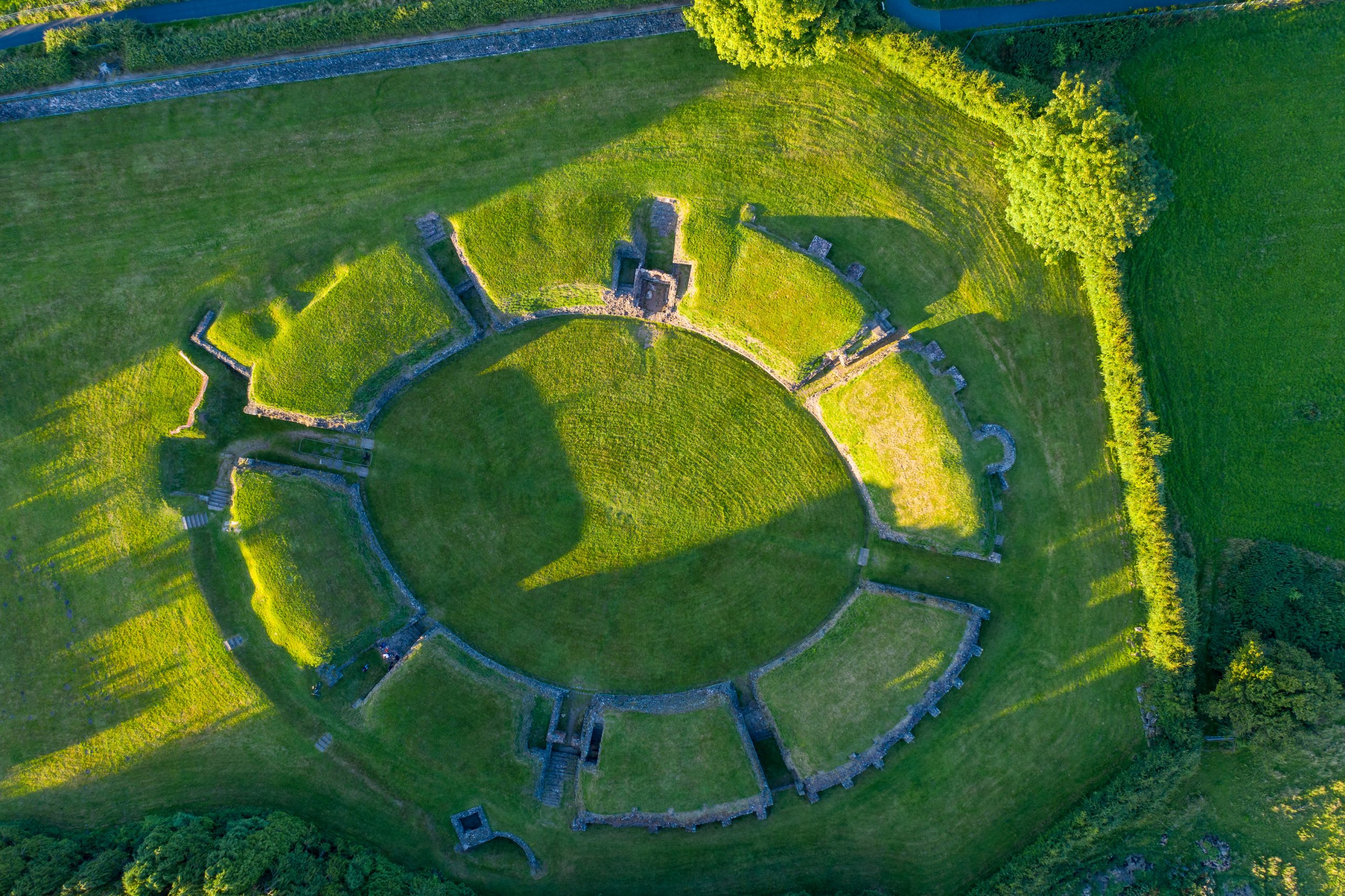
Roman Wales: Discover the Remnants of the Roman Empire in 7 Must-Visit Sites
Wales, with its rich history, offers a fascinating glimpse into the past through its Roman heritage. The Romans conquered Wales in the 1st century AD, leaving behind a lasting legacy of forts, roads, and archaeological sites that continue to captivate visitors today. Join us on a journey through time as we explore some of the most intriguing Roman remains in Wales.
Caerleon: The Ancient Roman Legionary Fortress

Caerleon, home of the Roman Amphitheatre
Caerleon, located in Newport, South Wales, was once the home of the Second Legion of the Roman Empire. The legionary fortress, known as ‘Isca Augusta,’ is one of the best-preserved Roman sites in Britain. Visitors can explore the ruins of the amphitheatre, barracks, baths, and temples, offering a vivid picture of Roman life in Wales. Don’t miss the chance to see the National Roman Legion Museum, which houses a fascinating collection of Roman artefacts.
Chepstow Castle: A Roman Outpost
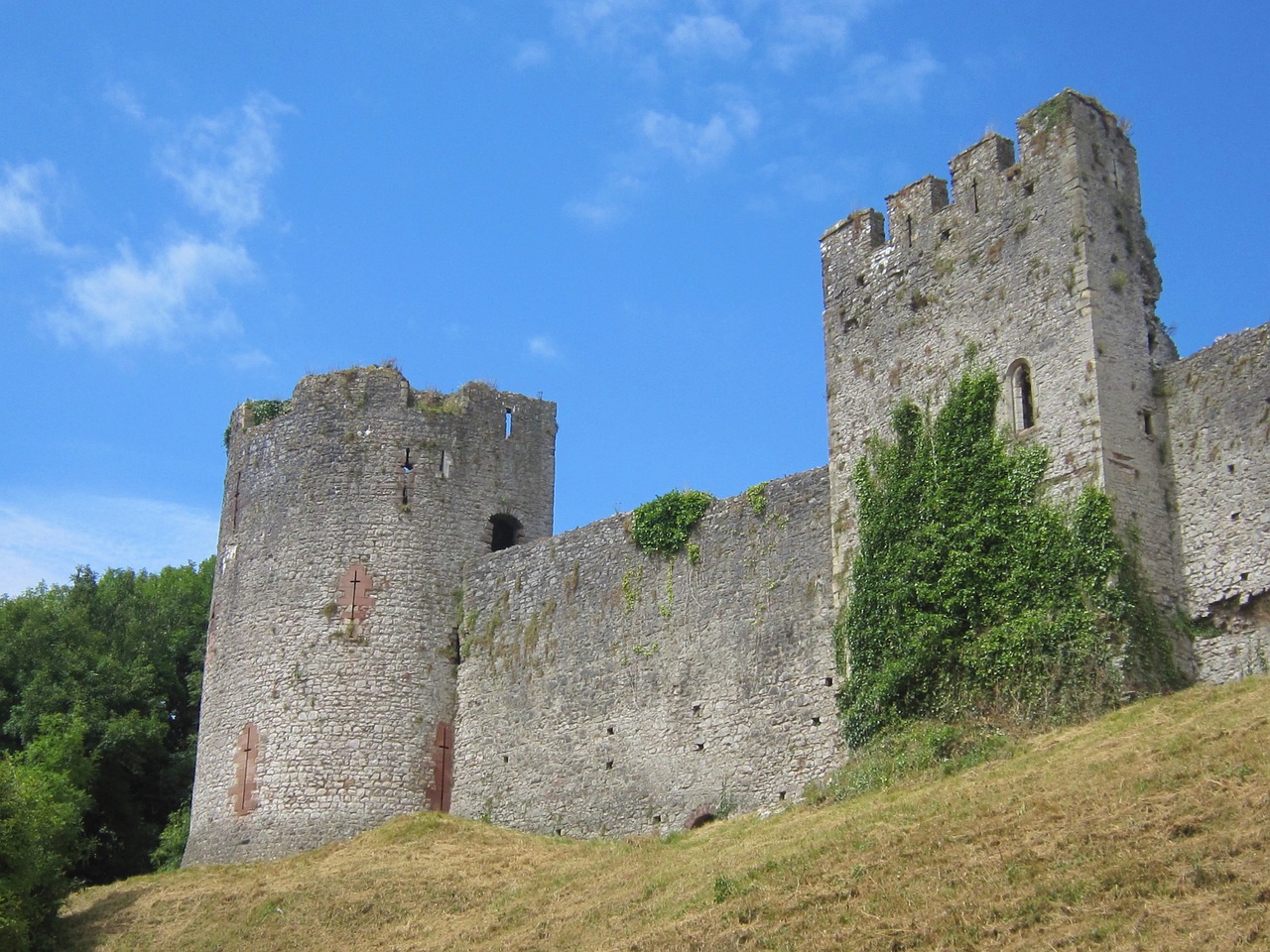
Chepstow Castle
Chepstow Castle, perched on a cliff overlooking the River Wye, has a rich history dating back to the 11th century. However, its origins can be traced back to the Roman era, when it served as a fort to protect the western frontier of the Roman Empire. The castle’s impressive walls and towers offer stunning views of the surrounding countryside, and visitors can explore the Roman remains within the castle grounds.
Segontium Roman Fort, Caernarfon
Segontium Roman Fort, located in Caernarfon, North Wales, was an important military outpost during the Roman occupation of Britain. The fort was established in the early 1st
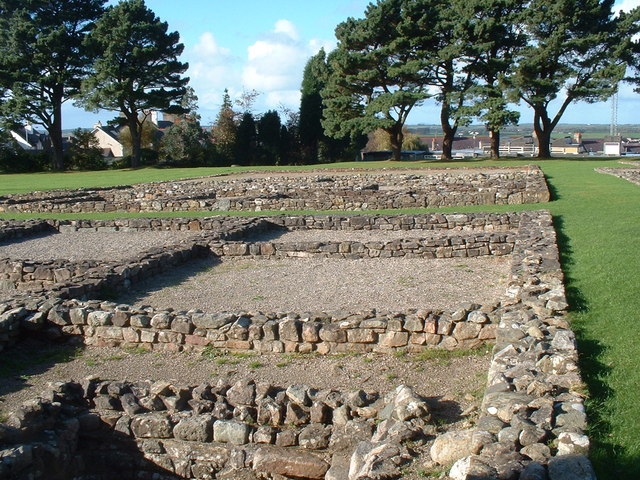
Segontium Roman Fort
century AD and was occupied until the 5th century. Today, visitors can explore the well-preserved ruins of the fort, including the ramparts, barracks and granaries.
Caerphilly Castle: A Medieval Fortress with Roman Roots
Caerphilly Castle, one of the largest castles in Wales, was built in the 13th century on the site of a Roman fort. The castle’s imposing walls and towers offer a glimpse into the medieval era, but its Roman foundations provide a fascinating

Caerphilly Castle
connection to the past. Visitors can explore the castle’s interior, including the Great Hall and the Norman Tower, and learn about its rich history.
Roman Roads: A Network of Ancient Highways
The Romans built an extensive network of roads throughout Wales, connecting their military forts and settlements. These roads played a vital role in the Roman conquest and occupation of the region. Today, many of these ancient highways can still be traced, offering a glimpse into the Roman engineering feats. Some of the most well-preserved Roman roads in Wales include the Via Julia Montana, which ran from Carmarthen, through Brecon and Abergavenny, to Usk., and the Sarn Helen, which connected Caerleon to Caernarfon across mid Wales.
Smaller Roman Forts and Settlements
In addition to the major Roman sites, Wales is home to numerous smaller forts and settlements that offer a glimpse into the daily lives of the Roman soldiers and civilians who inhabited the region. Some of these sites include:
- Caerwent: A Roman town near Chepstow, Caerwent offers well-preserved remains of Roman houses, shops, and temples.
- Llandovery: This historic town was once a Roman fort known as ‘Legio.’ Visitors can explore the Roman remains and learn about the town’s rich history.
- Brecon: The town of Brecon was also a Roman fort, and visitors can explore the Roman remains within the Brecon Museum.
Tips for Exploring Roman Wales
- Do your research: Many of these sites have visitor centres that can provide information on their history and attractions.
- Wear comfortable shoes: You’ll be doing a lot of walking, so make sure you’re prepared.
- Pack a picnic: Many of these locations offer stunning scenery, so it’s the perfect place to enjoy a meal outdoors.
- Visit during off-peak season: To avoid crowds and enjoy a more peaceful experience, consider visiting during the less busy seasons (spring or autumn).
Wales is a treasure trove of Roman history, and its forts, roads, and archaeological sites offer a unique and unforgettable experience. Whether you’re a history buff, a culture enthusiast, or simply looking for a peaceful getaway, these historic settlements are certain to captivate and inspire.



